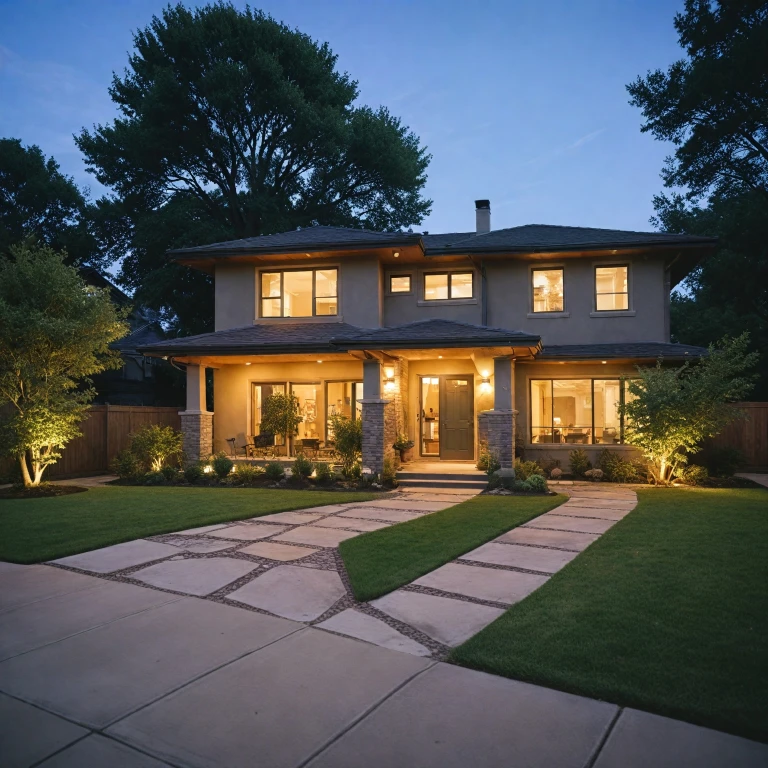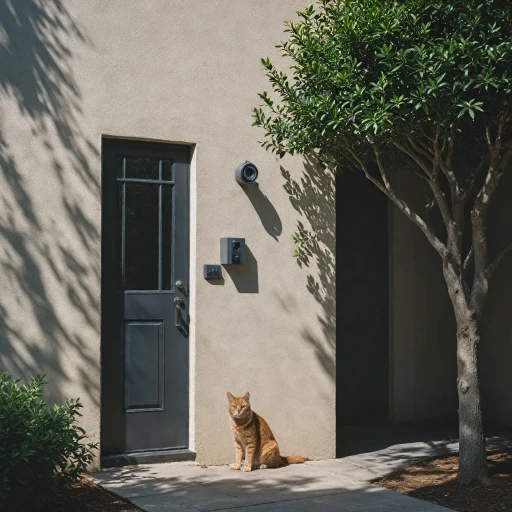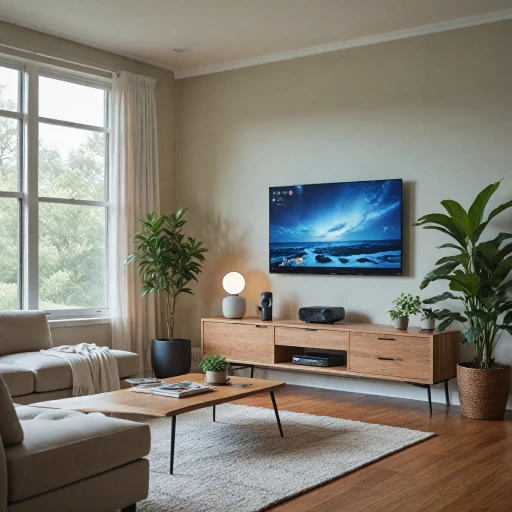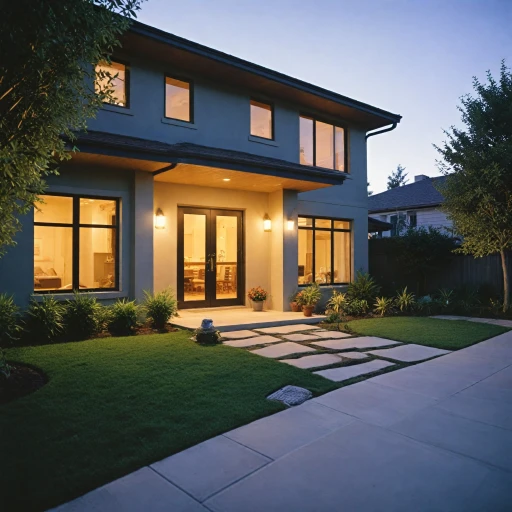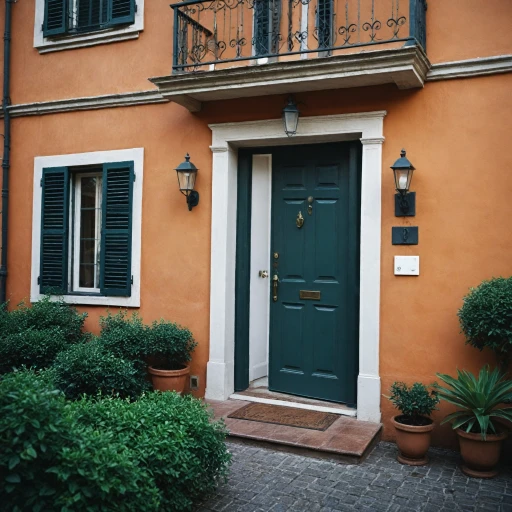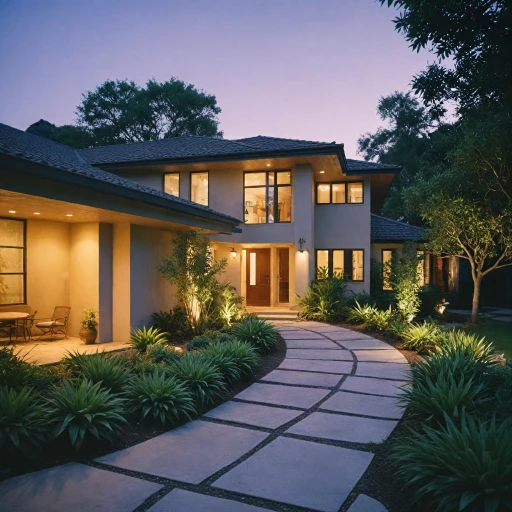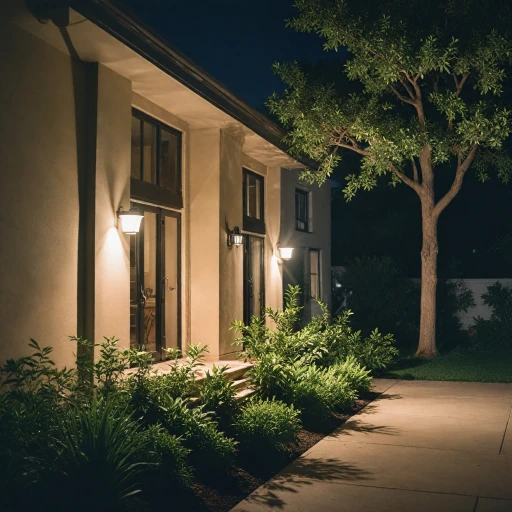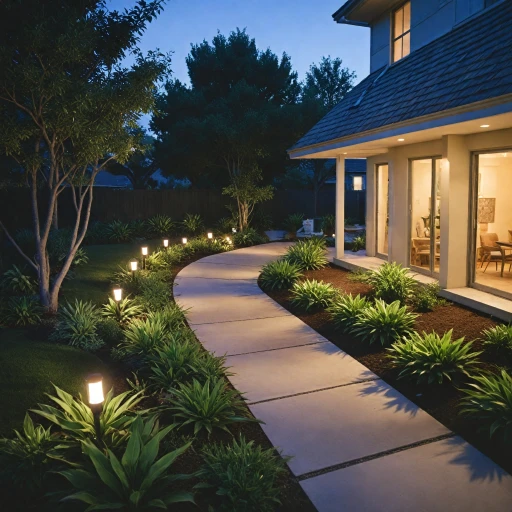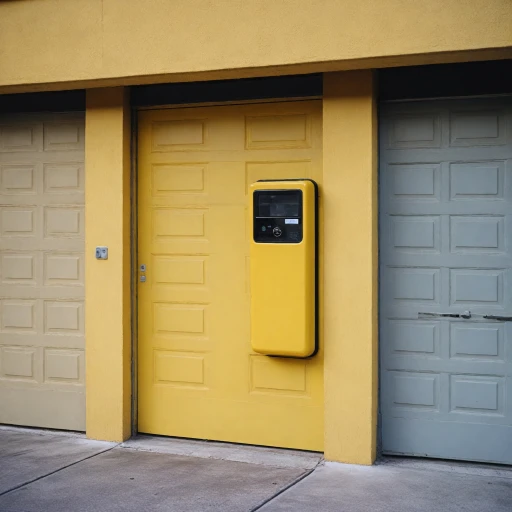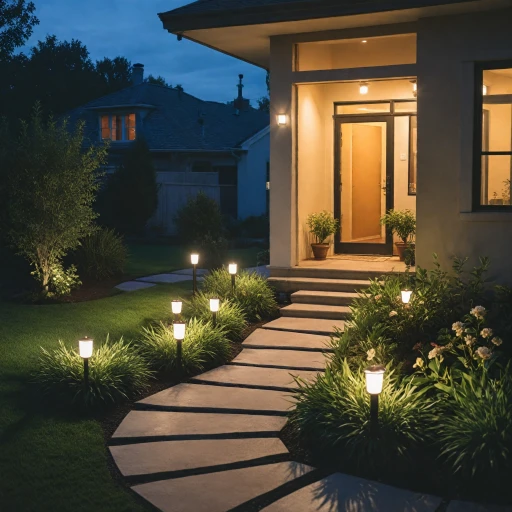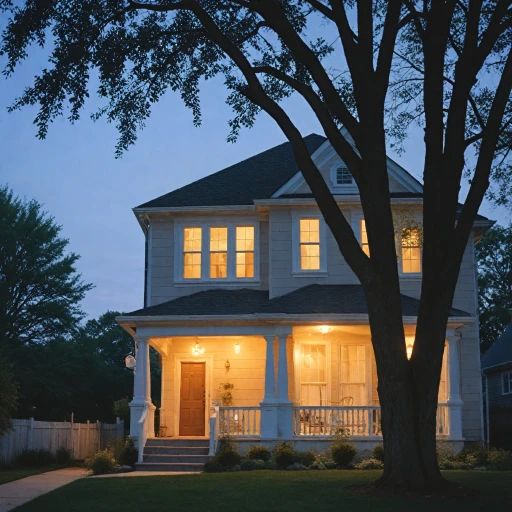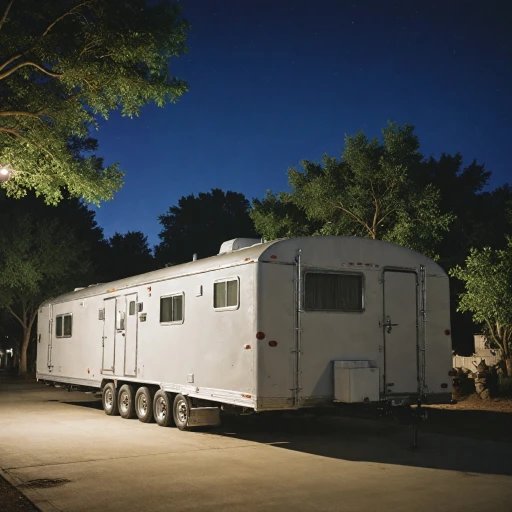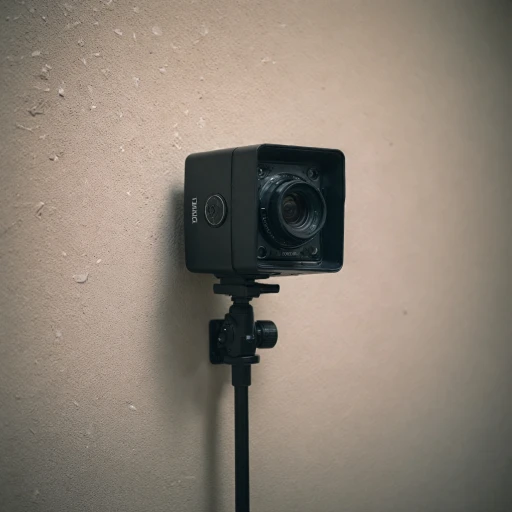
Understanding Motion Sensor Cameras
Diving into the World of Motion Sensor Cameras
Motion sensor cameras are at the forefront of security technology, making your home safer and smarter. These advanced devices detect activity and start capturing it instantly. Here’s what you need to know about these cameras:- Mechanism: Motion sensors use various technologies to detect movement, like infrared (IR) and microwave. When a motion is detected, the camera records the event, potentially saving you valuable footage.
- Types: Ranging from battery-powered to floodlight cameras, the security is adaptable to different environments. For instance, Lorex offers high-quality surveillance systems with local storage, a significant advantage.
- Resolution and Range: With features like night vision, you can capture clear footage even in low light conditions. Wireless cameras provide the flexibility of positioning without entangled wires, offering a better view of most areas.
Benefits of Motion-Activated Surveillance
Recognizing the Advantages of Intelligent Surveillance
Investing in motion-activated security cameras can transform the way you secure your home. They offer a blend of advanced technology and practical benefits that make them an ideal choice for many homeowners. Here are some compelling reasons to consider this type of security system:- Efficient Monitoring: Unlike traditional security cameras that capture footage continuously, motion-activated cameras only begin recording when motion is detected. This reduces the amount of video you need to sift through and optimizes storage space.
- Cost-Effectiveness: With motion detection, you lower the operational costs, as the cameras consume less power. Moreover, many of these cameras like the battery-powered options are wireless, eliminating the need for complex wiring and reducing installation costs.
- Enhanced Security Features: Smart motion feature allows these cameras to differentiate between significant movements and trivial ones, minimizing false alarms caused by small pets or swaying tree branches.
- Improved Night Vision: Many models come with night vision capabilities, offering clear video even in low-light conditions. Some advanced systems include color night vision and outdoor motion sensor lights or floodlight cameras for better visibility.
- Real-Time Alerts: Security systems with motion sensors send instant notifications to your smartphone when activity is detected, enabling you to respond quickly, whether you're home or away.
- Integration with Smart Home Systems: Many motion-activated cameras integrate seamlessly with systems like Alexa and Google, allowing for voice control and enhanced smart home functionality.
Choosing the Right Motion Sensor Camera for Your Home
Guide to Selecting the Best Motion-Activated Camera
When it comes to securing your home, choosing the right motion sensor camera can make a world of difference. The vast array of options available ensures that there’s likely a model that fits your specific needs and budget. Below are some key considerations to help you make an informed decision.
Camera Features and Specifications
- Motion Detection: Ensure the camera has reliable motion detection capabilities. Features like smart motion alerts and customizable detection zones can reduce false alarms and focus surveillance on real threats.
- Resolution and Night Vision: Look for cameras with high resolution for clear images, and consider options with enhanced night vision to capture activity in low-light conditions. Color night vision capabilities can offer a significant security advantage after dark.
- Battery and Power Options: Decide between battery-powered or wired models depending on your installation preferences. Wireless motion cameras offer flexibility, but be sure to consider battery life and recharging convenience.
- View and Coverage: Assess the view angle and coverage area. Pan and tilt functions can provide wider coverage without needing additional cameras.
- Integration and Smart Features: Consider smart home integration. Cameras compatible with assistants like Alexa or Google Home can add a layer of convenience and security.
Budget and Cost Considerations
- Price Range: Establish a budget range considering both the regular price and potential sale price. Remember, investing in a quality camera is often more cost-effective in the long run.
- Storage Options: Be aware of local storage and cloud storage options. Some systems offer free cloud storage, but it’s crucial to understand any potential price implications beyond the initial purchase.
Ultimately, the best motion sensor camera for your home depends on your specific security needs and how they align with the features offered by various models. Whether you're prioritizing a robust floodlight capability for outdoor settings or a lorex camera for enhanced smart motion detection, research is key. For more insight on how to boost security, visit this resource on upgrading security systems.
Installation and Placement Tips
Tips for Effective Placement and Installation
Proper installation and strategic placement of motion sensor cameras can greatly improve the effectiveness of your security system. Here are some essential tips to keep in mind:- Identify Key Areas: Prioritize areas requiring close surveillance, such as entry points, driveways, or backyards. Placement in these spots ensures motion detection and clear video footage.
- Optimal Height and Angle: Position your camera at a height that discourages tampering or vandalism, but low enough to capture recognizable facial features. A height of 8-10 feet is often recommended.
- Lighting Conditions: If installing outdoor cameras, consider the impact of lighting on the camera’s performance. Opt for locations that leverage natural light without causing glare. Floodlight cameras are excellent for illuminating and capturing clear footage at night.
- Secure Mounting: Secure cameras firmly, particularly in outdoor settings. Inclement weather or tampering can shift unsecured cameras, affecting motion detection and video clarity.
- Wireless Considerations: Wireless motion sensor cameras provide flexibility and ease of installation. Ensure the camera remains within range of your home’s Wi-Fi for seamless coverage.
- Smart Integration: For those with smart home setups, ensure your cameras are compatible with systems such as Alexa or Google Assistant for added convenience.
- Battery Maintenance: Regularly check battery levels in battery-powered cameras to ensure continuous operation, especially in less frequented areas where battery drainage may go unnoticed.
- Weatherproof Designs: Choose cameras with robust, weather-resistant builds for outdoor use, ensuring they stand up to the elements and continue to provide reliable security.
Privacy Concerns and Legal Considerations
Protecting Your Privacy and Legal Boundaries
Ensuring the security of your home with motion-activated cameras can provide peace of mind, but it's crucial to consider privacy and abide by legal requirements. As you equip your premises with security cameras, adhere to these essential guidelines:- Respect Neighboring Privacy: When installing outdoor security systems such as Lorex or floodlight cameras, avoid angling them towards neighboring properties. Doing so respects their privacy and helps prevent potential disputes.
- Comply with Local Laws: Before setting up wireless camera systems, research local legislation regarding home surveillance. Some areas may have specific regulations on camera placement, notification, and usage, especially concerning audio recordings.
- Notify Visitors: Informing guests or visitors of security measures in place is not only considerate but often necessary. Consider installing signs that indicate surveillance is active, particularly if utilizing smart motion or battery-powered cameras with night vision.
- Secure Your Footage: Whether using cloud storage or local storage, ensure that your video data is properly secured with robust encryption to prevent unauthorized access. Smart motion detection systems can sometimes store sensitive information, so safeguarding this is essential.
- Minimize Intrusion: Use motion detection technology to tailor the security camera's field of view. This can help focus on critical areas needing surveillance while minimizing unnecessary monitoring and enhancing privacy.
- Regular Updates and Maintenance: Keep your camera software up-to-date to avoid vulnerabilities that may compromise privacy. Regular maintenance of security systems ensures optimal performance in safeguarding your home.
Maintaining and Upgrading Your Security System
Ensuring Longevity and Performance
When it comes to your home security systems, regular maintenance is key to ensuring your security cameras function optimally. Security cameras, whether smart, battery-powered, or floodlight-equipped, need consistent checks for efficient motion detection and night vision capabilities. Keep an eye on potential battery issues, especially if your system relies on battery-powered cameras.
Updating Your Security Technology
Technology is rapidly advancing, and it's crucial to update your security systems to stay a step ahead. Look for cameras offering the latest in smart motion sensing, color night vision, or even pan-tilt features that enhance your view. Brands like Lorex are often on sale, giving you a chance to upgrade your system at a competitive price compared to the regular price.
Secure Your Data: Storage Considerations
How you store your surveillance footage is another important aspect. While cloud storage offers convenience, ensure it provides a level of data security that meets your privacy needs. Alternatively, explore options with local storage that might offer more control over your recorded video.

